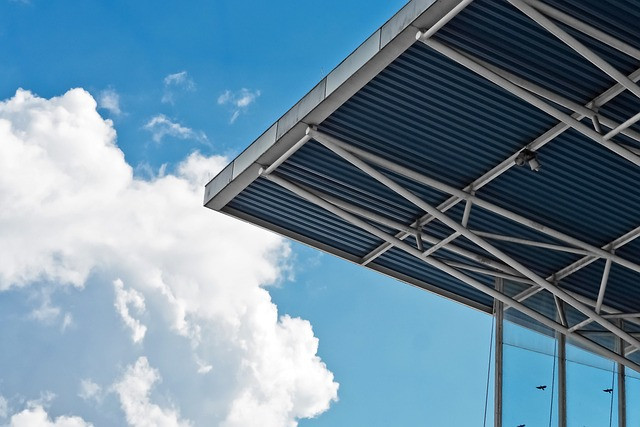
Pros and cons of Metal roofs have gained popularity in recent years due to their durability, energy efficiency, and longevity.
However, like any roofing material, they come with their own set of pros and cons.
In this article, we will explore the advantages and disadvantages of metal roofs, including their weather resistance, installation costs, maintenance requirements, noise levels, and aesthetic appeal.
Additionally, we will discuss the environmental impact of metal roofs, providing readers with a comprehensive understanding of this roofing option.
Table of Contents
Pros and Cons of Metal Roofs: Durability of Metal Roofs
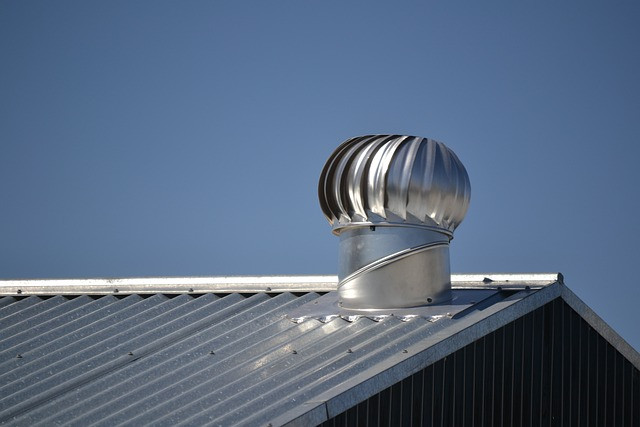
Metal roofs are known for their exceptional durability and long lifespan, making them an excellent choice for homeowners seeking a reliable and long-lasting roofing option.
Metal roofing materials, such as steel roofs, offer a high level of resistance against extreme weather conditions, including heavy rain, strong winds, and hailstorms. Unlike other roofing materials, metal roofs do not crack, rot, or corrode over time.
This durability ensures that metal roofs require minimal maintenance, reducing the overall cost of owning a home. Additionally, metal roofing systems are fire-resistant, offering homeowners peace of mind in terms of safety.
However, it is important to consider the cons of metal roofs as well. The main drawback is the initial cost, which is typically higher than other roofing options. Furthermore, metal roofs can be noisy during heavy rain or hailstorms.
Despite these cons, the numerous pros of metal roofing make it a popular choice for homeowners looking for a long-lasting and reliable roofing material.
Energy Efficiency of Metal Roofs

Energy efficiency is a key advantage of opting for roofs made from this durable and sustainable material. Metal roofs are known for their ability to reflect sunlight, reducing the amount of heat that is absorbed into the building. In contrast, traditional asphalt shingle roofs tend to absorb more heat, leading to increased energy consumption for cooling.
Additionally, metal roofs can be installed with insulation materials that further enhance their energy efficiency by reducing heat transfer. Metal roofing panels and shingles are also designed to provide better ventilation, allowing for the escape of hot air and moisture buildup.
While there is a common misconception that metal roofs attract lightning, they are no more susceptible to lightning strikes than traditional asphalt shingles.
Overall, the energy efficiency of metal roofs can lead to significant cost savings on energy bills over the lifespan of the roof.
Longevity of Metal Roof
One notable advantage of using this durable and sustainable roofing material is its exceptional longevity, ensuring a long-lasting solution for building owners.
Metal roofs have a significantly longer lifespan compared to other roofing materials, such as asphalt shingles or wood shakes. Steel roofing, for example, can last up to 50 years or more, while other materials typically require roof replacement every 20-30 years.
This longevity not only saves building owners money on frequent roof replacements but also reduces the environmental impact of producing and disposing of roofing materials.
Additionally, metal roofs offer energy savings by reflecting solar heat and reducing cooling costs. They are also fire-resistant, providing an added layer of safety.
Overall, while the installation process and initial cost may be higher, the long-term benefits and durability make metal roofs a worthwhile investment for many building owners.
Weather Resistance of Metal Roofs
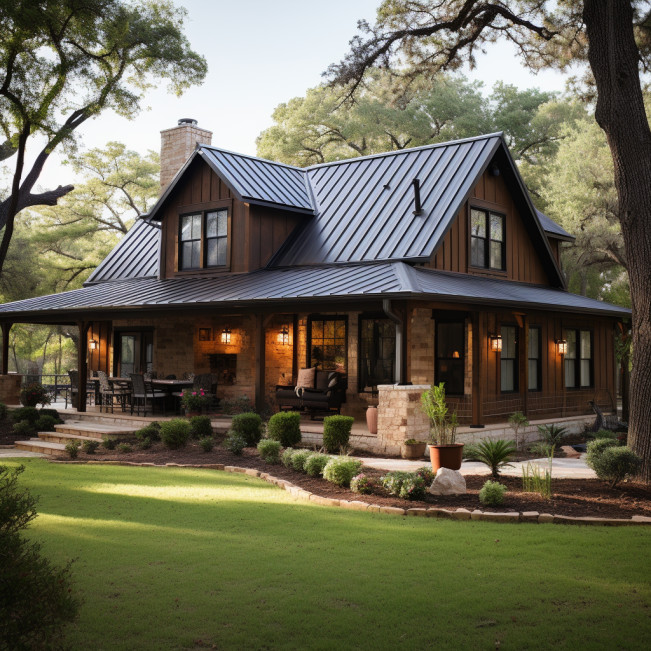
Metal roofs are highly resistant to various weather conditions, including heavy rain, strong winds, and hail, making them a reliable choice for building owners in regions prone to severe weather events. The weather resistance of metal roofs is attributed to their durable construction and special features.
Here are some key factors that contribute to their ability to withstand extreme weather conditions:
• Rust-proof coatings: Metal roofs are often coated with rust-resistant materials, such as zinc or aluminum, which protect them from corrosion caused by moisture and precipitation.
• Fire rating: Metal roofs have a high fire rating, making them resistant to fire and reducing the risk of spreading flames.
• Exposed fasteners: Metal roofs often use exposed fasteners, which add strength and stability to the roof, preventing damage from high winds.
• Heavy snow: Metal roofs have a smooth surface that allows snow to slide off easily, preventing the accumulation of heavy snow loads that could potentially damage the roof.
• Heat gain: Metal roofs have reflective coatings that help reduce heat gain, keeping the building cooler and reducing the need for excessive air conditioning.
• Falling branches: Metal roofs are less susceptible to damage from falling branches or debris during extreme weather events, providing an extra layer of protection for the building.
Cost of Installing a Metal Roofs
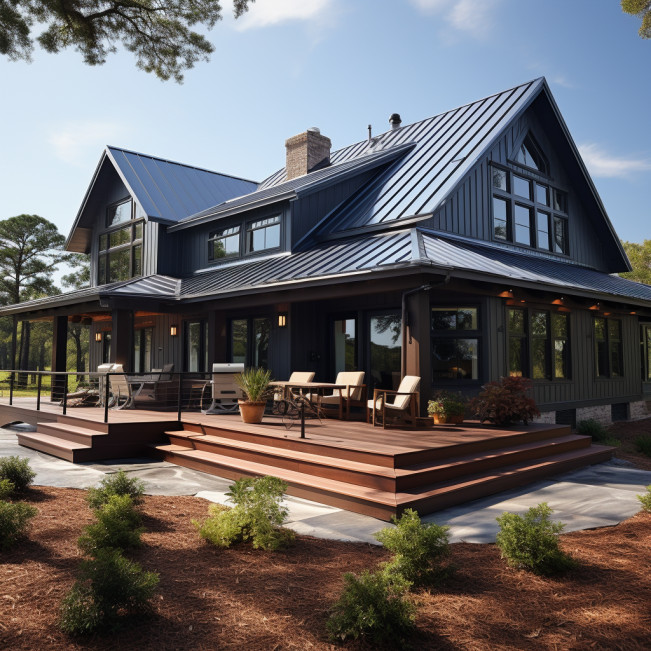
The cost of installing a metal roof can vary depending on factors such as the size of the building, the complexity of the roof design, and the type of metal used. Metal roofs offer durability, longevity, and energy efficiency, making them a popular choice for homeowners.
A standing seam metal roof, which has interlocking panels running vertically along the roof’s surface, provides additional protection against leaks and weather damage. The use of galvanized steel, a common material for metal roofing, enhances the roof’s resistance to corrosion. Metal roofs can also accommodate the installation of solar panels, further reducing energy costs.
While the initial cost of metal roofing may be higher than other materials, the long-term benefits, such as lower cooling costs and reduced maintenance, make it a worthwhile investment. It is important to hire a professional roofing contractor to ensure the roof is installed correctly and to avoid any potential issues.
Maintenance Requirements of Metal Roofs
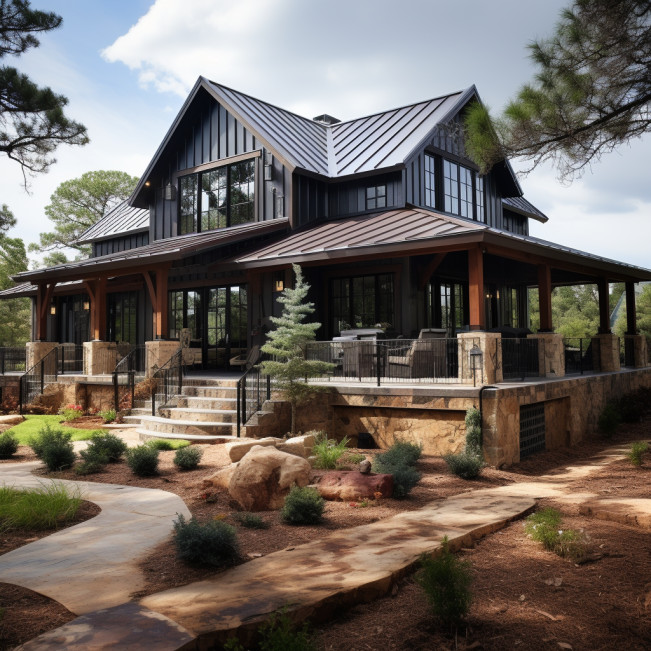
Metal roofs require regular maintenance to ensure their durability and longevity. Proper maintenance can help prevent issues such as rust, leaks, and damage to the panels. Here are some important maintenance requirements for metal roofs:
Regular inspections:
• Check for any loose or damaged panels and fix them promptly.
• Inspect and clean the gutters to prevent clogging and water build-up.
Cleaning:
• Remove debris such as leaves and branches from the roof surface.
• Use a mild detergent and water to clean the roof periodically.
Metal roofs offer several advantages over other common roofing materials, including their durability and energy efficiency. However, it’s important to be aware of their maintenance requirements. While metal roofs generally require less maintenance compared to other roofing materials, they still need regular attention to ensure their longevity.
Noise Levels of Metal Roofing
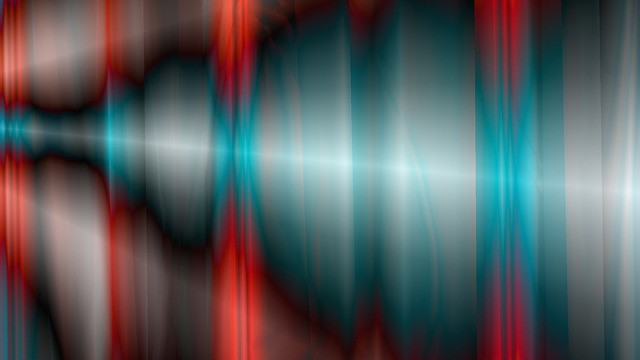
One important factor to consider when installing metal roofing is the potential noise levels associated with this type of roofing material. Metal roofs are known to produce more sound during rainfall compared to traditional asphalt roofs. However, advancements in construction materials and installation techniques have significantly reduced the noise levels of metal roofing.
Nowadays, metal roofs can be installed with insulation and sound-deadening materials to minimize the noise. Despite the initial concerns about noise, metal roofing offers numerous advantages. It is a durable and long-lasting option that can withstand harsh weather conditions. Metal roofs are also energy-efficient, which can help reduce heating costs. Additionally, they are a sustainable choice as they can be recycled and are available in various styles and finishes to suit any architectural design.
Aesthetics of Asphalt Shingle Roof
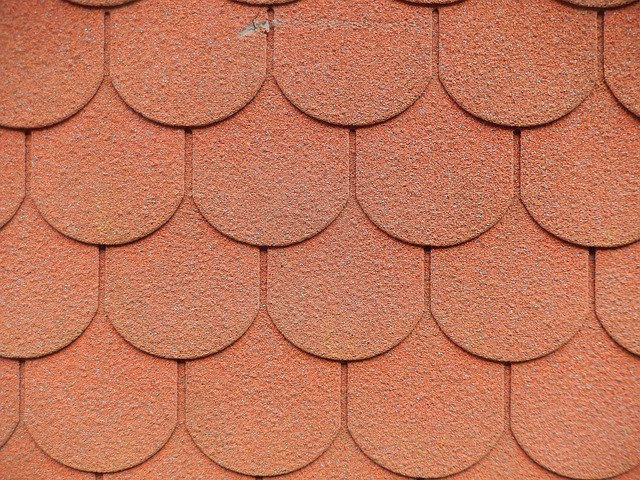
When considering the aesthetics of roofing material, it is important to evaluate the various color options and textures available with asphalt shingle roofs. Asphalt shingle roofs offer a wide range of benefits when it comes to appearance. Here are some key factors to consider:
Color Options
Asphalt shingles offer an extensive range of color options, providing homeowners with the flexibility to select a hue that harmonizes with their overall exterior design. These choices span from classic and understated colors such as black, brown, and gray, which blend seamlessly with a wide array of architectural styles, to more eye-catching and vibrant options like red, green, and blue.
This diverse palette of colors in asphalt shingles ensures that homeowners can personalize their roofs to match their individual preferences and complement the aesthetic of their homes. Whether aiming for a traditional and subdued appearance or a bold and distinctive one, asphalt shingles provide a versatile and attractive choice for roofing that caters to a broad spectrum of design possibilities.
Texture Options
Asphalt shingles offer a versatile roofing option for homeowners. They can be specially manufactured to replicate the appearance of other roofing materials like wood shakes or clay tiles. This means that homeowners can achieve the aesthetic they desire for their roofs without the need for extensive maintenance or the higher costs associated with these alternative materials, such as asphalt shingles.
In essence, asphalt shingles provide an attractive and cost-effective solution for achieving the look of more expensive and demanding roofing materials, allowing homeowners to enjoy both the aesthetics and practicality of their roofing choice.
Environmental Impact of Metal Roofs
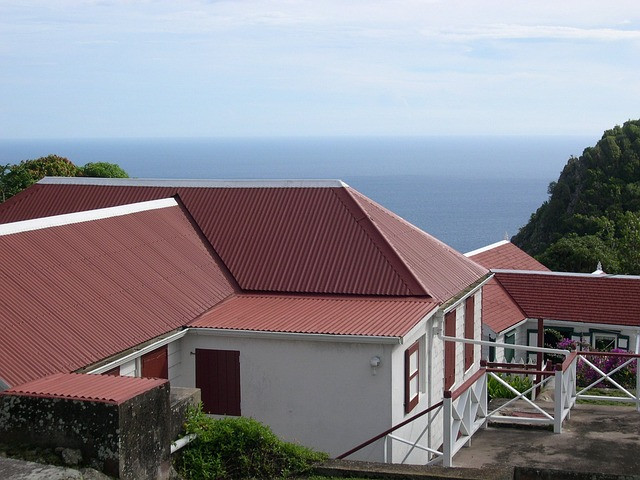
The environmental impact of using metal as a roofing material is an important consideration in sustainable building practices.
Metal roofs have several advantages over other roofing materials, including asphalt roofs. One of the key environmental benefits of metal roofing is its longevity. Metal roofs can last up to 50 years or more, compared to the average lifespan of asphalt roofs, which is around 20 years. This means that metal roofs require fewer replacements over their lifetime, reducing waste and the use of resources.
Additionally, metal roofs are highly reflective, which helps to reduce energy consumption by lowering the amount of radiant heat that enters the home.
However, it is important to note that the production of metal roofing materials can have a significant environmental impact, including the extraction of raw materials and the energy-intensive manufacturing process.
Despite this, metal roofing remains a popular choice among homeowners looking to minimize their environmental footprint.
Frequently Asked Questions
Are Metal Roofs Prone to Denting?
Metal roofs are not immune to denting, as they can be susceptible to impact from hail, falling branches, or other objects. However, their durability and resistance to weathering generally make them less prone to denting than other roofing materials.
Can I Walk on a Metal Roof Without Causing Damage?
Yes, you can walk on a metal roof without causing damage if certain precautions are taken. It is recommended to wear soft-soled shoes, distribute your weight evenly, and avoid stepping on unsupported areas to prevent denting or puncturing the roof.
How Do Metal Roofs Perform in Areas With Heavy Snowfall?
In areas with heavy snowfall, metal roofs generally perform well due to their durable and slippery surface, which allows snow to slide off easily. However, proper insulation and ventilation are crucial to prevent ice dams and ensure optimal performance.
Can I Install Solar Panels on a Metal Roof?
Yes, solar panels can be installed on a metal roof. Metal roofs provide a durable and stable surface for the panels, and their sleek design can enhance the overall aesthetic appeal of the installation.
Do Metal Roofs Attract Lightning?
Metal roofs do not attract lightning any more than any other type of roof. Lightning is attracted to the highest point in an area, regardless of the material. However, metal roofs are more likely to be damaged by a lightning strike.
Conclusion
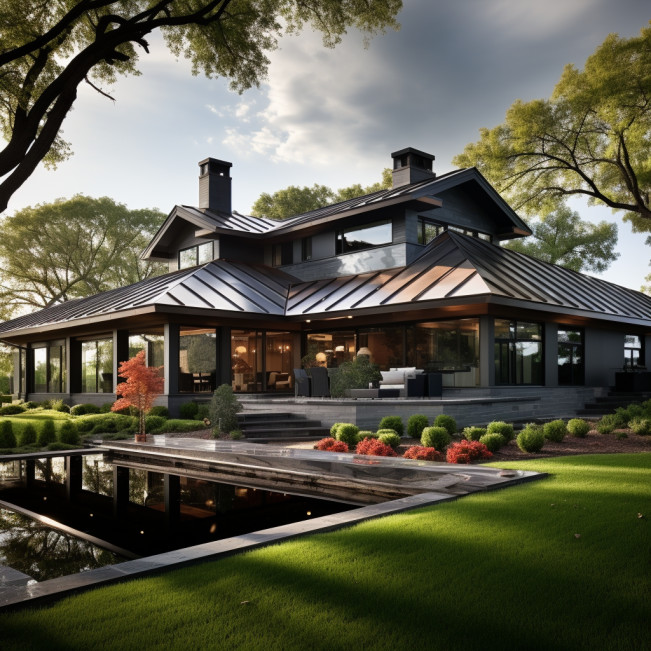
In conclusion, metal roofs offer numerous advantages such as durability, energy efficiency, longevity, weather resistance, and minimal maintenance requirements.
They are also aesthetically pleasing and have a lower environmental impact compared to other roofing materials.
However, the cost of installing a metal roof can be higher initially, and there may be increased noise levels during rainfall.
Overall, metal roofs provide a practical and sustainable option for homeowners to consider.
